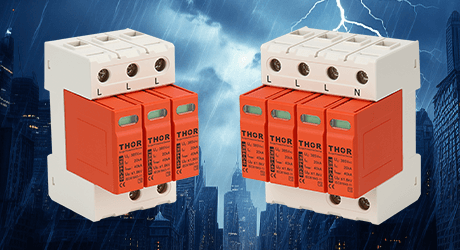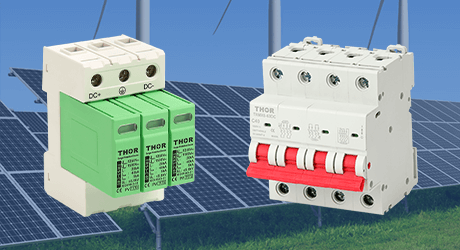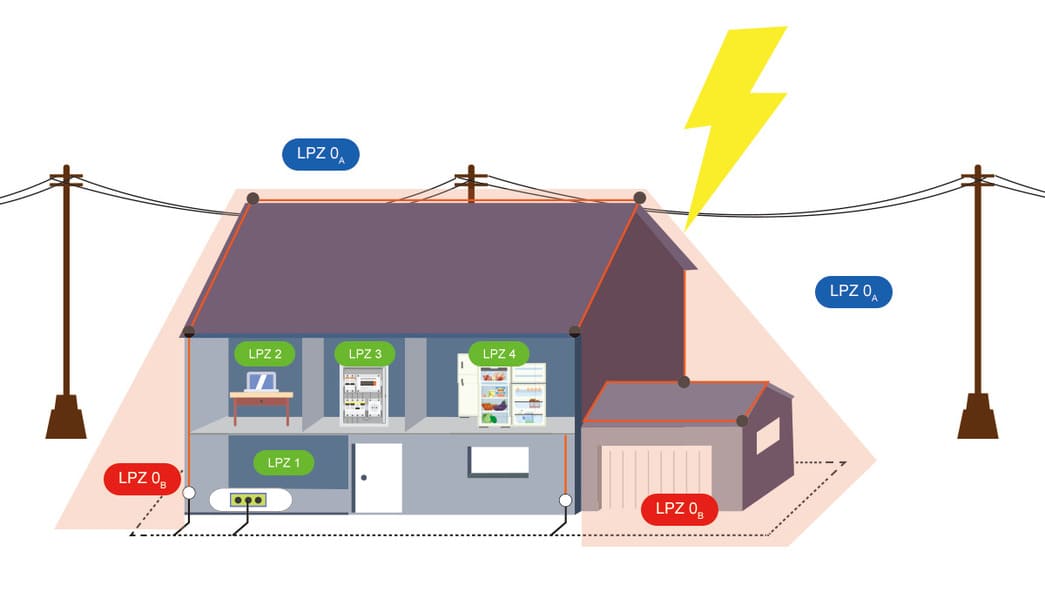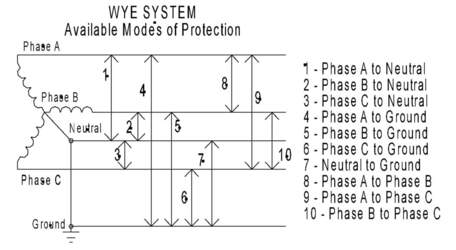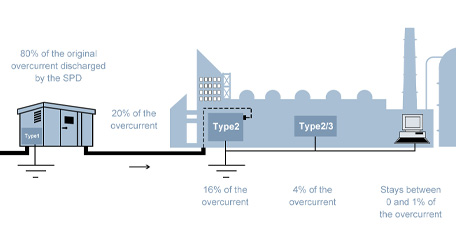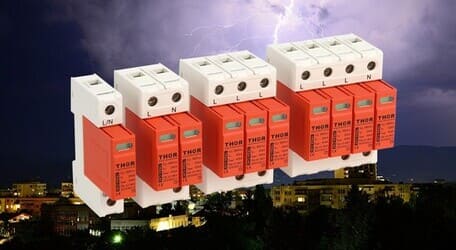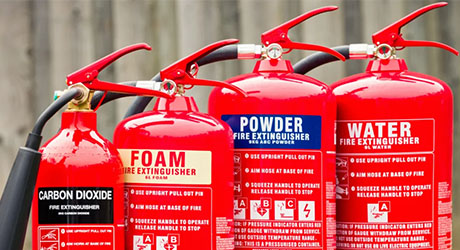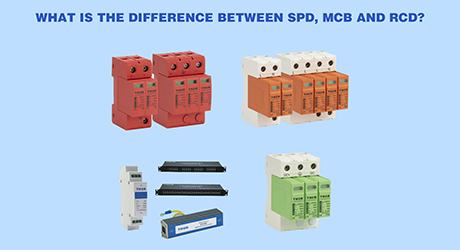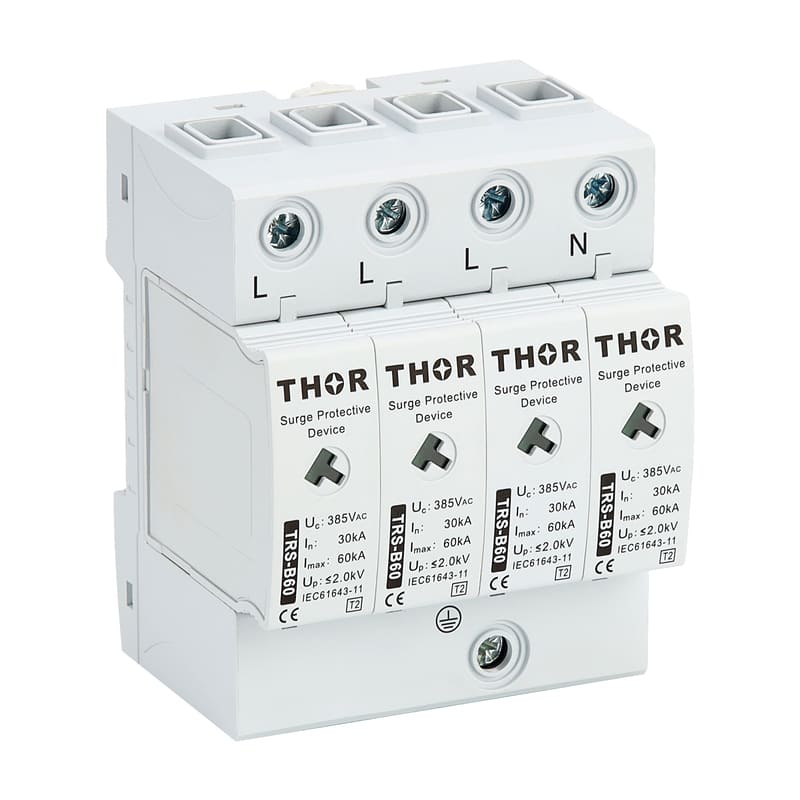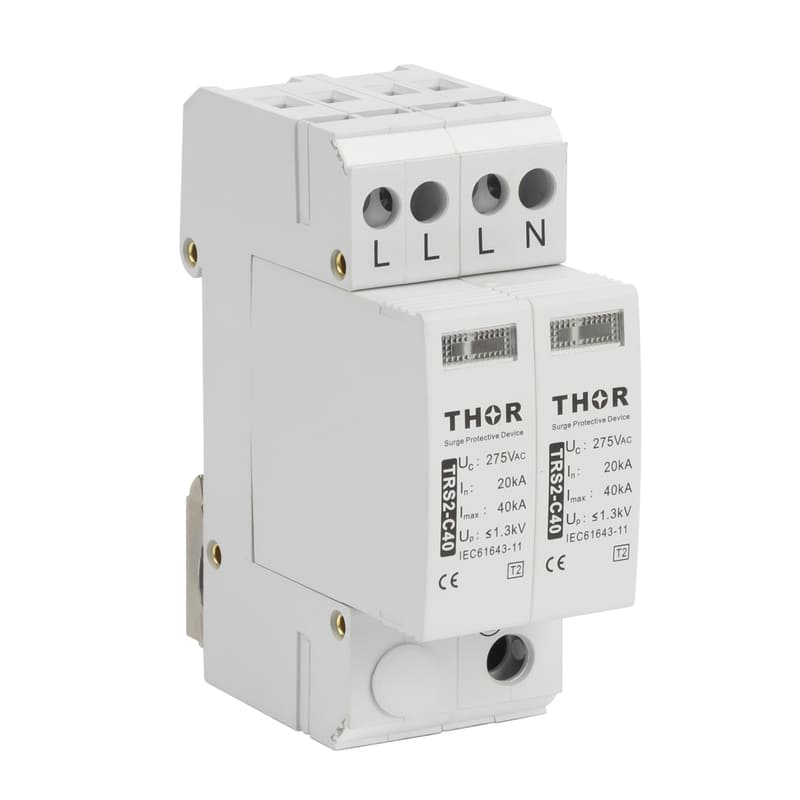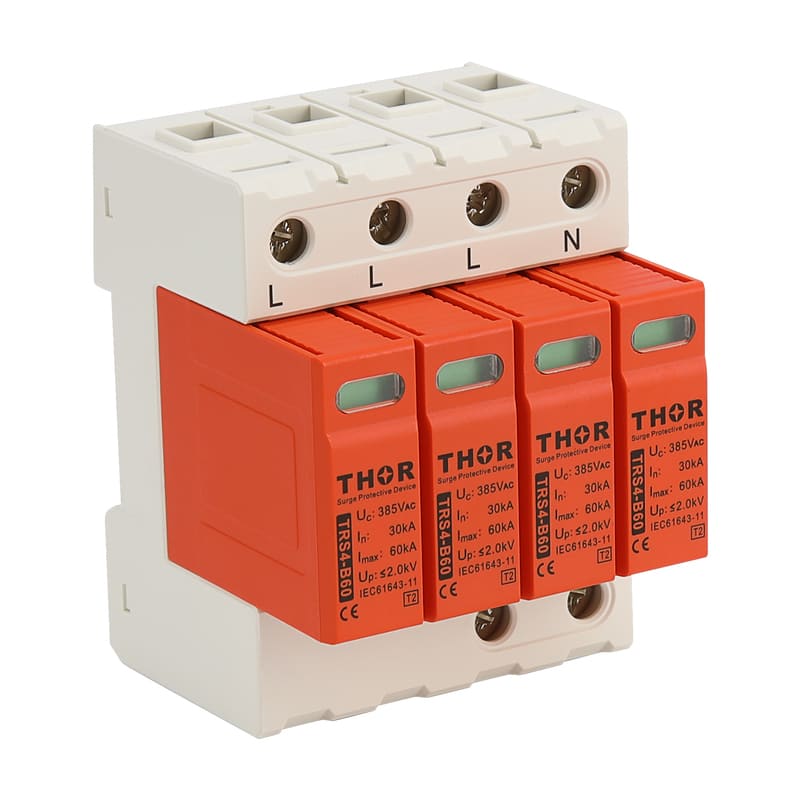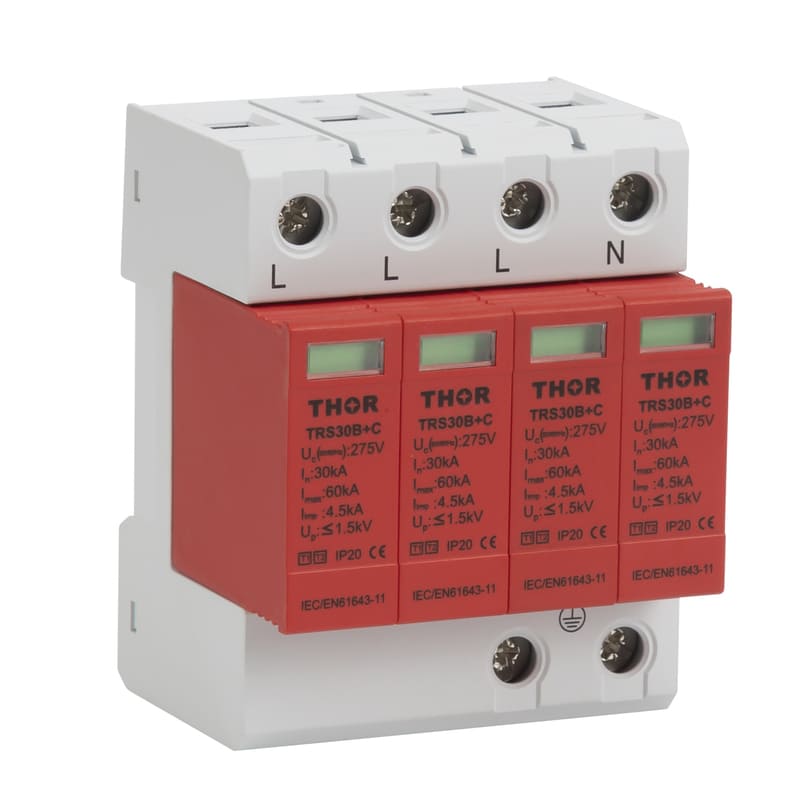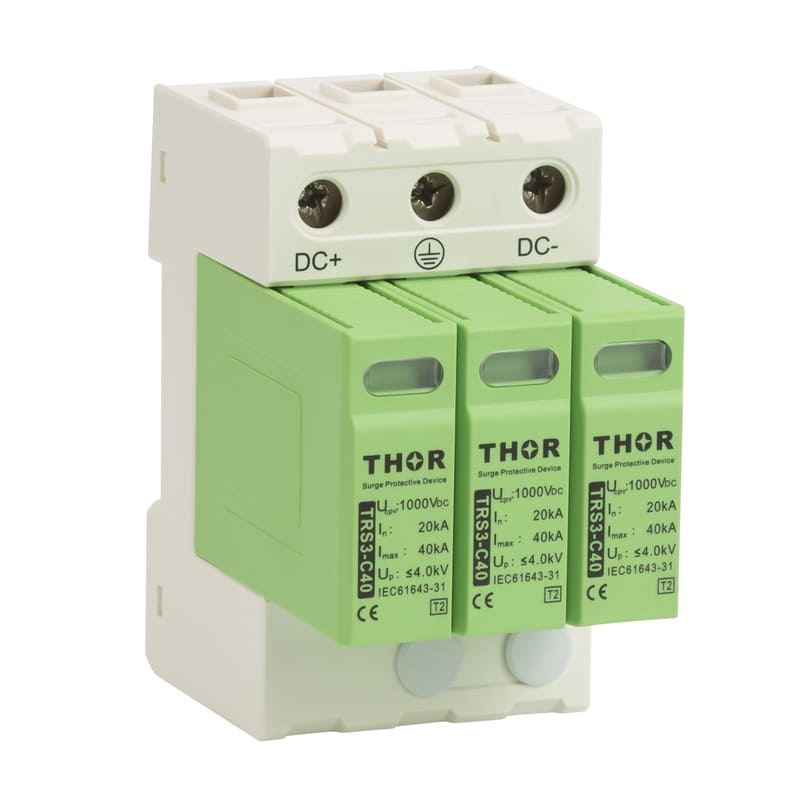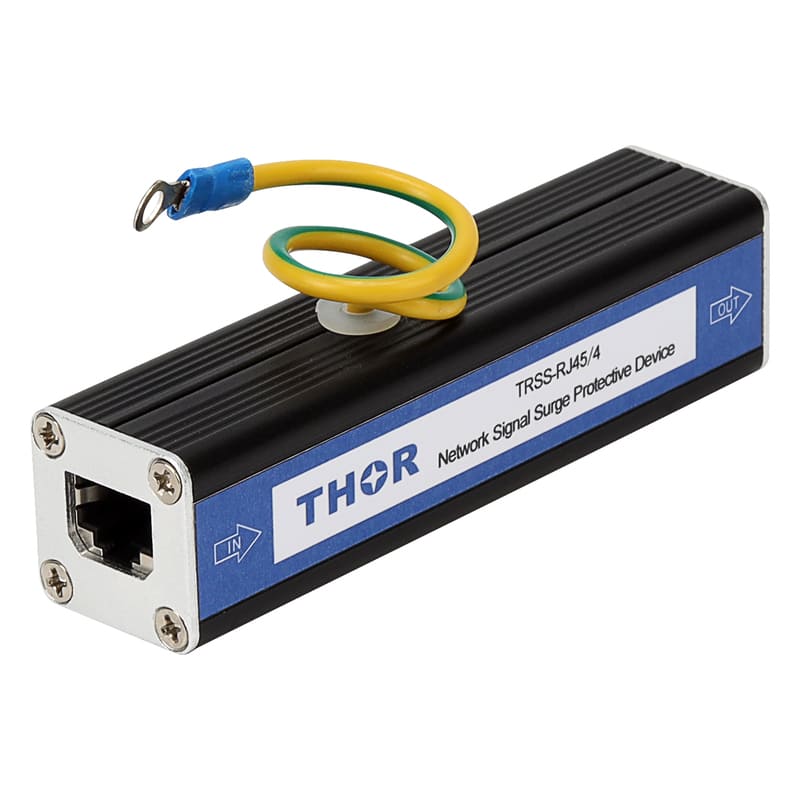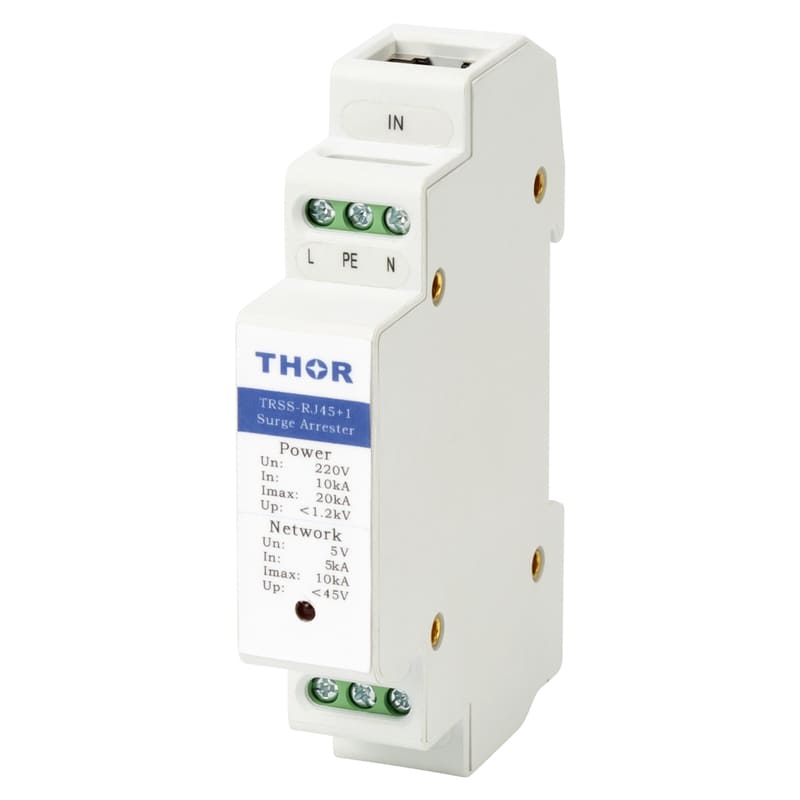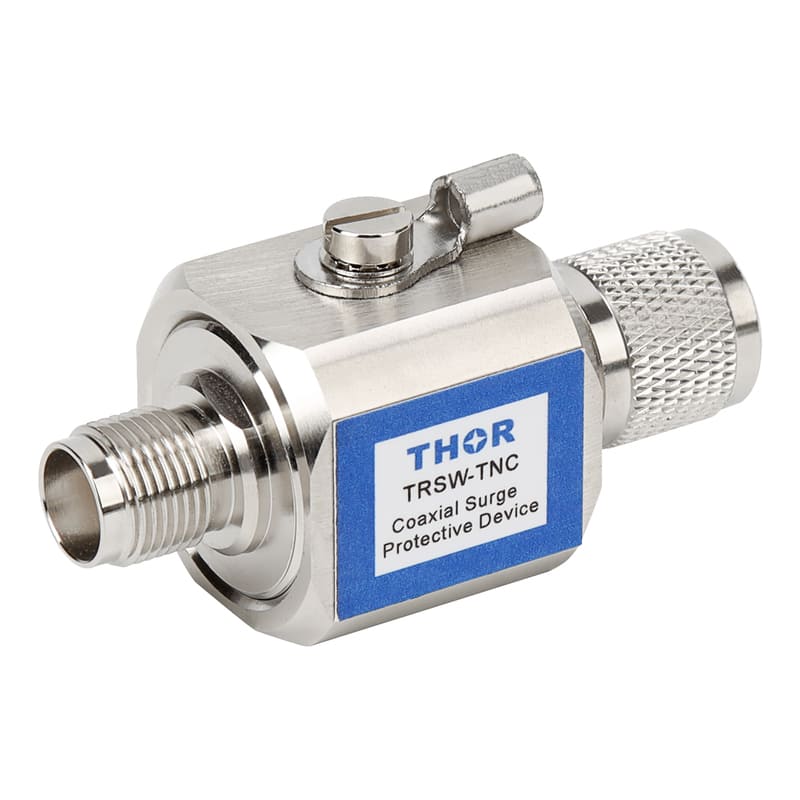Insulation materials commonly used in lightning protection engineering
(1) Thin insulating material. Thin insulating materials are mainly used in wrapping, liners, sheaths, etc.
①Insulating paper: Commonly used insulating papers include capacitor paper, green shell paper, coated paper, etc., which have high electric strength, but low tensile strength and heat resistance, and are mainly used for low-voltage coil insulation with low requirements .
②Insulating cloth: Commonly used insulating cloths include yellow wax cloth, yellow wax silk, glass varnished cloth, etc. They have the softness and tensile strength of cloth and are suitable for wrapping, transformer insulation, etc. This material can also be made into various casings for wire sheathing.
③Organic film: Commonly used organic films include polyester, polyimide, polyvinyl chloride, and polytetrafluoroethylene films. The thickness range is 0.04~0.1mm. Among them, polyester film is the most commonly used.
④Adhesive tape: The organic film is coated with adhesive to become a variety of insulating adhesive tapes, commonly known as plastic tapes, which can replace the traditional "black tape" and greatly improve the heat resistance and pressure resistance.
⑤Plastic sleeves: In addition to insulating cloth sleeves, plastic sleeves are widely used in electronic assembly, that is, sleeves of various specifications and colors are made of polyvinyl chloride as the main material. Due to poor heat resistance, the working temperature is -60~70°C, so it is not suitable for use in heated parts. There is also a heat-shrinkable plastic sleeve that is often used as a jacket for wire ends.
(2) Insulating varnish. Insulating varnishes are used most frequently for impregnation of electrical coils and surface coverings.
(3) Thermoplastic insulating materials. Thermoplastic insulating materials are plastics that soften when heated and harden when cooled. This process is reversible and can be repeated. This material is often used as heat shrinkable tubing in electronics and electrical engineering, etc.
(4) Thermosetting materials. Thermosetting materials cannot be softened and molded repeatedly when heated, nor can they be dissolved in solvents, and bulk polymers have this property. For example, a thermosetting resin is a resin that undergoes chemical changes after heating, gradually hardens and forms, and does not soften when heated, let alone dissolve.
(5) Mica products and rubber products, etc.


